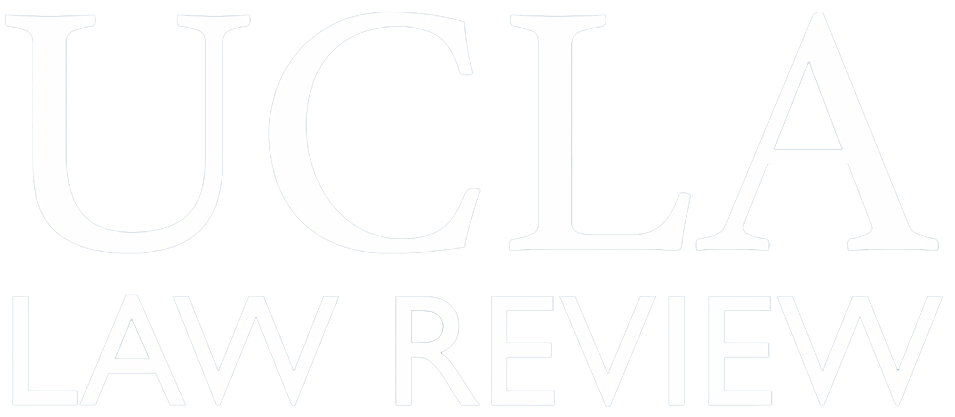Abstract
Over the past thirty years, the U.S. Supreme Court and the Judicial Conference have modified the Federal Rules of Civil Procedure to address concerns that litigation costs too much, takes too long, and leads to unjust results. The Supreme Court’s opinions have focused primarily on fortifying what I refer to as the gateways of civil procedure— including motions to dismiss, motions for class certification, and motions for summary judgment—where judges can dismiss cases that do not meet the applicable standards, thereby eliminating additional cost and delay. The Judicial Conference, in contrast, has focused primarily on regulating what I call the pathways of civil procedure— nondispositive, context-specific decisions during discovery and before trial—to target problems of cost and delay while allowing cases to proceed. Scholars have dissected and debated these gateway and pathway changes but have paid less attention to how these conversations—and the underlying rules—interrelate. This Article offers a unified framework with which to understand the Rules’ two contrasting strategies to achieve just and efficient outcomes and examines available evidence measuring gateways’ and pathways’ relative effectiveness at achieving their shared goals. Stepping back, this Article asks how best to understand the roles of gateways and pathways in civil process and considers new, hybrid rules that draw on characteristics of gateways and pathways and may improve on current design.
